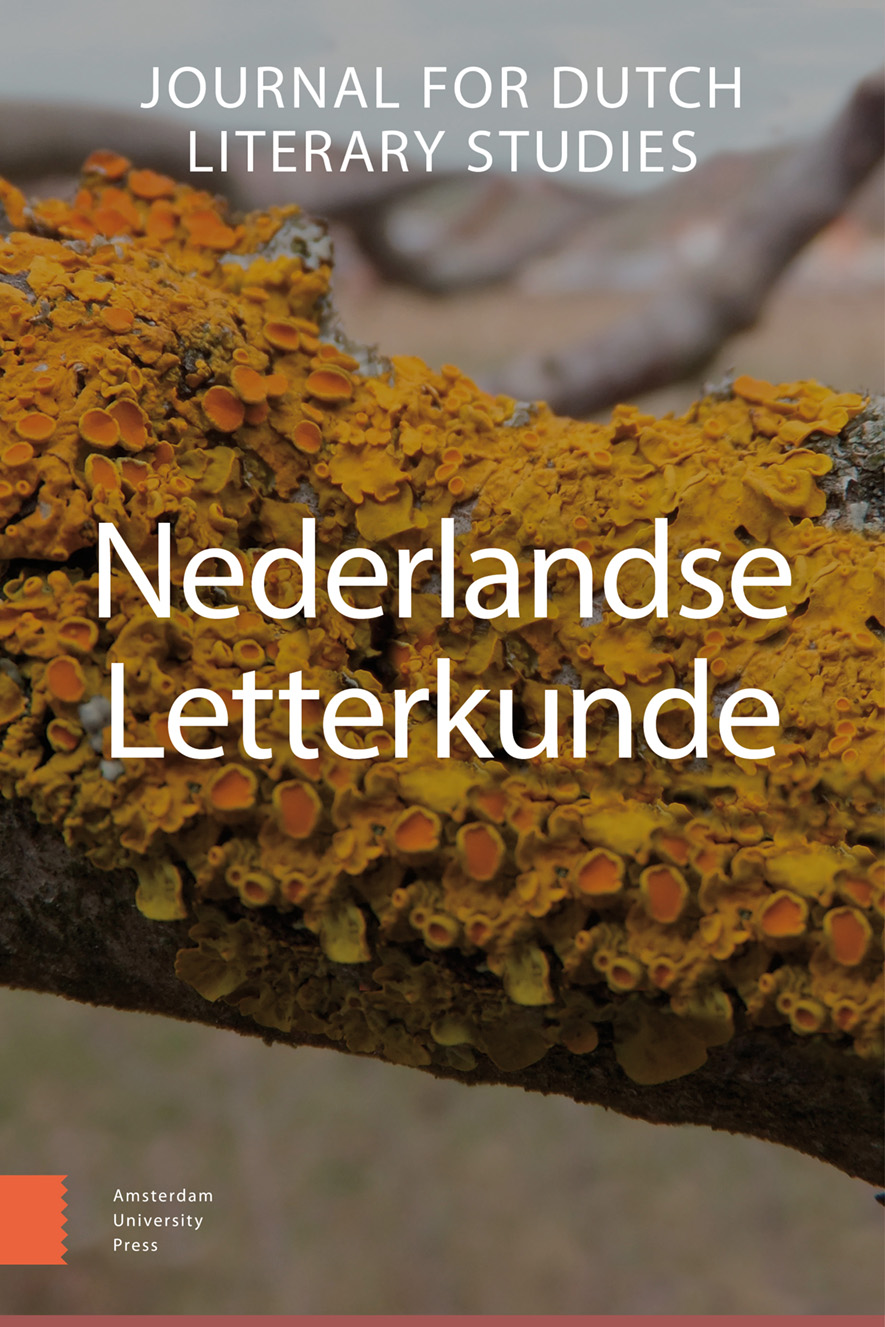-
oa Aandacht voor irrelevantie. Voskuils Het Bureau als proto-databankroman
- Amsterdam University Press
- Source: Nederlandse Letterkunde, Volume 28, Issue 2, Dec 2023, p. 155 - 182
-
- 01 Dec 2023
Abstract
In J.J. Voskuil’s monumental seven-volume novel series Het Bureau (1996-2000), main protagonist Maarten Koning devotes himself to creating an ‘atlas of folk culture’ at a research institute for Dutch culture. The novelistic cycle minutely describes the ‘microcosm’ of a scientific community and at the same time offers a broad panorama of the Netherlands during the period it covers (from the fifties to the eighties of the last century). In this article, I situate Het Bureau at the beginning of the present information age, where switching between different forms of attention becomes important as a new form of adaptation. I read the cycle as an early ‘database novel’, in which literary prose is characterized by seriality, inclusivity, quantitative forms of representation and (seeming) endlessness. I compare the card system of the Maarten’s ‘Folk Atlas’ with the series as a whole, and the labor that Maarten performs with that of the reader. The challenge of sorting the relevant from the irrelevant plays a central role on several levels: thematic (intradiegetic), creative (the writing process) and hermeneutic (the labor of reading). On all these levels, I will argue, an openness for seemingly irrelevant information is thematized or presupposed, and an attitude of tolerance for such apparent irrelevance amounts to a productive reading. With reference to Catherine Malabou’s distinction between flexibility and plasticity, I argue that novels like Het Bureau offer the reader a potential of resistance against the demands of the attention economy.


